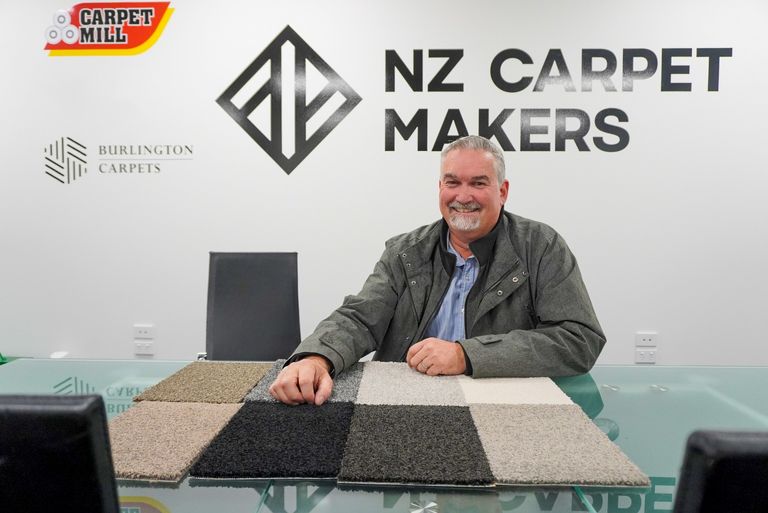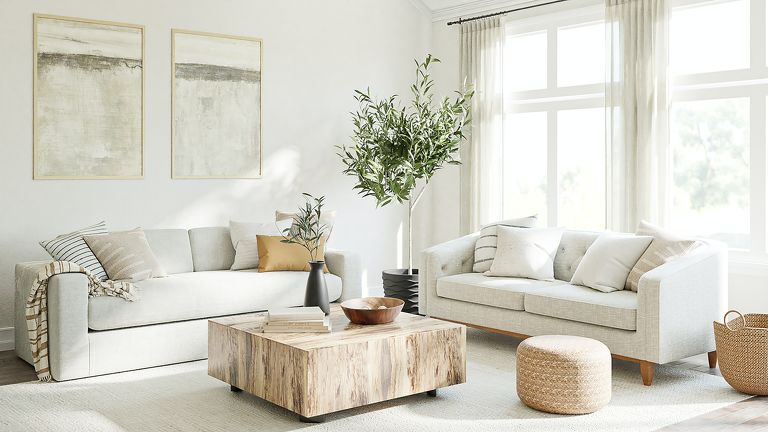Kev's Tips.
Kev’s Incredibly Useful Guide to Buying Carpet.
Heavy Duty or Extra Heavy Duty?
You might be surprised to know there’s a pretty big difference between these two grades. They’re industry wide definitions and they must meet certain specifications to be able to be named as such.
Heavy Duty is actually designed for reasonably low traffic flows and used a lot in the spec home market.
Extra Heavy Duty is recommended for any area with high traffic flow or in a home where you plan to stay and live.
Medium and Light Duty won’t really cut the mustard when it comes to long term use.
What Fibre and why?
Call me old fashioned, but when someone says ‘carpet’ I’ve always thought ‘wool’. Sort of comes with the territory when you’re a kiwi. But my attitude has changed significantly since I did the whole re-carpeting thing recently. So here’s what I now think is important to know:
Solution Dyed Polyesters, Polyprops and other synthetics are cheaper and less durable yarns. Unfortunately this is not always reflected in the retail price as a lot of consumers assume solutions dyed synthetics are all the same. This is often not clearly explained by retailers.
Blended Products such as 50/50 blends are a way to make a product cheaper not necessarily better. Regardless of whether you choose 100% Wool or 100% synthetic, they’re a better choice that a 50/50 blend.


Shading and Tracking.
This is a big issue for lots of people, but the fact is, all Cut Pile carpet will show tracking and shading to some extent. It looks a bit like a bush walk through your carpet.
But if you select your product wisely there are ways to greatly decrease the appearance of shading and tracking.
Avoid carpets with really long loose piles, because the longer the carpet the more likely it is to track. Short dense piles minimise tracking. Run your hands through the pile of your carpet samples - the more the pile moves under your hands the more likely you are to see where you walk and where you do not.
And make sure if you are looking at longer plusher piles for the more luxury feel, that your carpet is of dense construction and the fibres are packed tightly together.
Tracking and shading are not manufacturing faults - shading is actually considered to be a feature of the carpet. If you really hate it, then you should go for a loop pile.
The Importance of Underlay.
You can go and spend all that hard earned money on carpet and get a really disappointing result if you choose the wrong underlay.
Here’s the deal - overall thickness of the underlay does not indicate quality. Anything between 10mm and 12mm is recommended for luxury and comfort. Not too thin and not too high.
But most critically, it’s the weight or density of the underlay that indicates it’s quality. 90kg is a good average grade and 110 to 120kg (more foam that air) is a good quality underlay. 130 kg is OK but you don’t want to go too firm or you lose the soft, luxury feel which is what underlay is designed for in the first place.
Do you know what you are paying for?
Cautionary note from Kev - Always ask for an itemised quote. Itemised quotes show you what you have been quoted for. Sounds obvious, but lots of people don’t ask for them and end up with cost they hadn’t bargained for.
For example, if uplifting the old carpet is included you know exactly what you would save if you opted to do that yourselves.
Carpet Mill even itemise the freight and robotic cutting content, so that again, if it’s not required you know how much you would save by arranging it or doing it yourself.
That’s fair don’t you reckon?


Planning, Joining, Shape Cutting and Installation.
Carpet Mill can provide you with a copy of your join plan prior to having your carpet installed so you can see exactly where your joins are going to be.
They then shape cut your carpet with a robotic cutting machine, which means your carpet arrives on site pre-cut and ready to lay.
The big advantages of this are MUCH faster installation times, no big pieces of carpet scraping against your doors and walls, a whole lot less wastage and no large rolls being cut in your driveway - which is a complete nightmare when the weather isn’t co-operating.
And Carpet Mill guarantee the installation for the lifetime of your carpet. So there you go.
Warranties.
Carpet Mill offer a realistic warranty timeframe on all of their carpets which can be viewed on their website. They want you, their customers, to be lifetime customers and they love it when people tell their friends they’ve had a top notch experience, because at the end of the day that’s their best form of advertising. Not wanting to do myself out of a job, mind you.
So of course all reasonable complaints will be attended to with the aim of resolving them to the customers satisfaction.
Take a look at Carpet Mills warranty - its really simple and straightforward. And look into warranties that seem too good to be true, because they probably are. You’ll find some offer long warranty booklets with pages - but make sure you check the pages at the back, that’s where the tricky bits hide.
Kev's Carpet Buying Checklist.
- Heavy Duty? Extra Heavy Duty? Have you selected the right carpet for the job?
- Wool? Solution Dyed? Know what fibre you are buying.
- Shading and tracking. Cut Pile or Loop Pile. Have you selected what's right for you?
- Underlay. Check the weight and density to ensure you are getting quality.
- Get an itemised quote so you can see everything you're paying for.
- Ask for a plan that shows you where the joins are.
- Is the installation guaranteed for the life of the carpet? It is with Carpet Mill.
- Check your warranty. Some are full of exclusions.




















